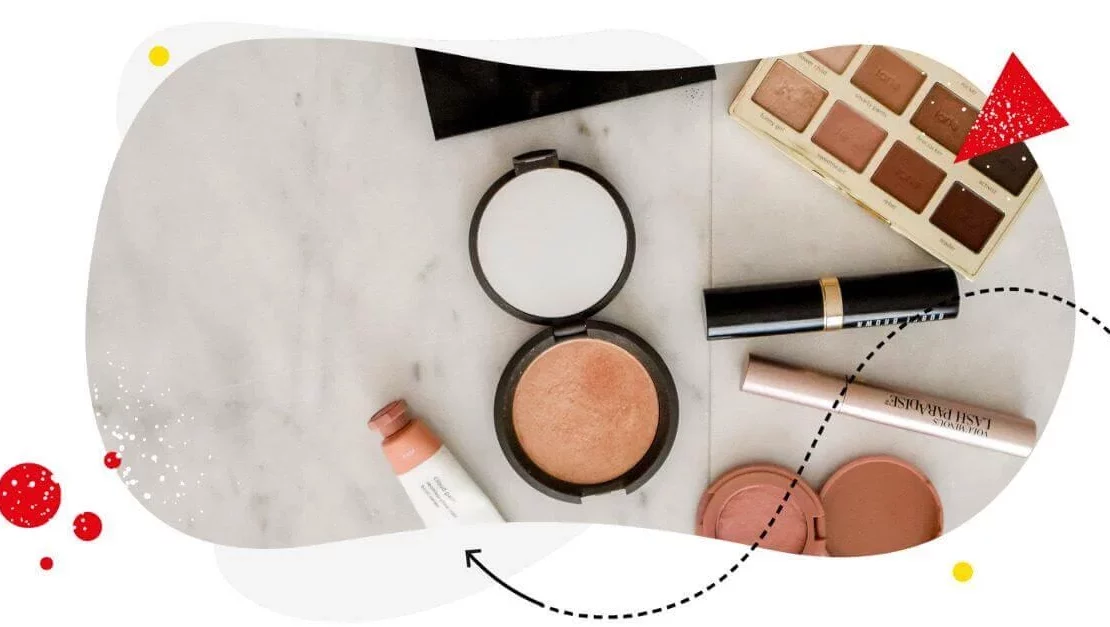
The beauty industry has always been at the forefront of innovation, adapting to changing consumer behaviors and technological advancements. As we step into 2024, several trends are poised to reshape the landscape of beauty eCommerce, making it more interactive, personalized, and sustainable. Among the leading forces driving this transformation is the integration of augmented reality (AR) technologies like MirrAR, which are revolutionizing the way consumers shop for beauty products online.
1. Personalized Shopping Experiences
Personalization remains the key trend in beauty eCommerce in 2024, let alone the ongoing year. Trends have emerged whereby customers expect companies to deliver products customized for their tastes and requirements. Some of the engagements that brands are getting right through data analytics and AI include recommending beauty products; offering skin consultations; and providing skin tips.
How MirrAR Can Help: MirrAR enhances personalization by allowing consumers to virtually try on makeup and skincare products in real-time. This AR tool analyzes the user’s skin tone, facial features, and preferences to suggest the best products, creating a bespoke shopping experience that boosts customer satisfaction and loyalty.
2. Augmented Reality (AR) and Virtual Try-Ons
Augmented reality for beauty products has taken a new turn and has been a revolution in the beauty industry, making the consumers try before they purchase. AR tools allow the shoppers to physically envision how some of the commodoties including lipsticks, eyeshadows and even foundations look like on them without having to visit the physical store.
How MirrAR Can Help: MirrAR’s advanced AR capabilities provide an immersive virtual try-on experience. By using the front camera of a smartphone or computer, MirrAR projects realistic images of beauty products onto the user’s face. This technology helps eliminate guesswork, reduces the rate of returns, and increases conversion rates by providing a confident and informed purchasing decision.
3. Sustainability and Eco-Friendly Practices
Sustainability is not a mere trend in the market that needs to be followed; it has become an essential factor. The population is now able to make a link between what they are buying and their impact on the environment and this is the reason they are moving towards buying products and services from environmentally friendly companies. This includes the proper usage of eco-friendly, poly bags, while not tested on animals and clear supply chain information.
How MirrAR Can Help: By enabling virtual try-ons, MirrAR reduces the need for physical product samples and testers, thereby minimizing waste. This aligns with eco-conscious consumers’ values and supports brands in their sustainability efforts.
4. Influencer Collaborations and Social Commerce
Today, beauty influencers are still highly relevant in a fashion community as they contribute to the setting of trends and activities among buyers. More specifically, Jibberish records that social commerce, where buying is fully embedded within your social network, is set to become the most dominant force of beauty eCommerce.
How MirrAR Can Help: MirrAR can be integrated into social media platforms, allowing influencers to demonstrate virtual try-ons during live streams or posts. This interactive experience not only engages followers but also provides a seamless transition from inspiration to purchase, enhancing social commerce effectiveness.
5. AI and Machine Learning
Artificial intelligence and machine learning in particular have become the game changers when it comes to innovations within the beauty sphere since they help to understand consumers even better, predict their tendencies, and address them with more pertinent offers. These technologies assist in deciphering the preferences of the customers or even in creating campying campaigns that will appeal most to its customers.
How MirrAR Can Help: MirrAR utilizes AI to analyze user data and preferences, ensuring that the virtual try-on experience is tailored to individual needs. This integration of AI enhances the overall user experience and helps brands offer more precise product recommendations.
6. Subscription Services
Subscription services are becoming increasingly popular in the beauty industry. These services offer consumers the convenience of receiving curated beauty products regularly, often with the added benefit of discovering new and exclusive items.
How MirrAR Can Help: MirrAR can enhance subscription services by allowing users to virtually try on products before they are added to their subscription box. This ensures that consumers receive products they are excited about and likely to use, increasing the value of the subscription service.
7. Enhanced Mobile Shopping Experience
Most of the ecommerce shopping occur through mobile devices, meaning that having a properly designed mobile shopping experience is paramount. Availability of mobile electronic commerce website, mobile application, and incorporating mobile commerce convenient checkouts are critical in mobile electronic commerce strategy.
How MirrAR Can Help: MirrAR is designed to be mobile-friendly, providing a smooth and responsive virtual try-on experience on smartphones and tablets. This enhances the mobile shopping experience, making it easy for consumers to explore and purchase beauty products on the go.
8. Diverse and Inclusive Beauty
The trends point out to the need for valuing diversity and inclusion by consumers. Companies whose concerns are congruent will appeal to a wider number of people in terms of product range and the kind of shades offered for all types of skins and complexions.
How MirrAR Can Help: MirrAR supports diverse and inclusive beauty by allowing users to see how products look on different skin tones and types. This helps consumers find the perfect match and feel confident in their choices, fostering a more inclusive beauty landscape.
Conclusion
The beauty eCommerce overview of 2024 holds even higher levels of dynamics and focuses mainly on consumers. Some trends that will define the evolution of fashion retail are as follows: personalization, augmented reality, and virtual try-ons, sustainability, social commerce, AI, subscription services, mobile-first retail and, finally, the inclusiveness of sizes. Such tools as MirrAR are indicative of these trends wherein they give retailers innovative approaches to augment the shopping experience, minimize material consumption, and boost business sales growth. To survive in the highly competitive world of beauty brands, these trends and technologies have to be adopted as they help companies fulfill the expectations and demands of consumers of the modern era.
